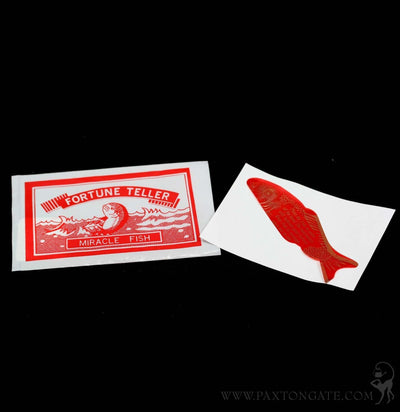Fossilized Bison Radius Specimen A
Fossilized Bison Radius Specimen A
- Ethically Sourced
- Secure payments
- Small Business/Artisan Made
- Packed With Recycled Materials
- Low stock - 1 item left
- Inventory on the way
About 2 feet tall and 3-4 inches thick.
Approximately 240,000 to 11,000 years ago
Bison antiquus, sometimes called the “ancient bison”, was the most common large herbivore of the North American continent for over ten thousand years, and is a direct ancestor of the living American bison.
During the later Pleistocene epoch, between 240,000 and 220,000 years ago, steppe wisent (B. priscus), migrated from Siberia into Alaska. This species inhabited parts of northern North America throughout the remainder of the Pleistocene. In midcontinent North America, however, B. priscus was replaced by the long-horned bison, B. latifrons, and somewhat later by B. antiquus. The larger B. latifrons appears to have died out by about 20,000 years ago. In contrast, B. antiquus became increasingly abundant in parts of midcontinent North America from 18,000 ya until about 10,000 ya, after which the species appears to have given rise to the living species, B. bison. B. antiquus is the most commonly recovered large mammalian herbivore from the La Brea tar pits.
B. antiquus was taller, had larger bones and horns, and was 15-25% larger overall than modern bison. It reached up to 2.27 m tall, 4.6 m long, and a weight of 1,588 kg. From tip to tip, the horns of B. antiquus measured about 3 ft (nearly 1 m).
This is a unique, one of a kind, fossil. Once this item is sold, we will not be about to acquire an exact replacement. All Paxton Gate specimens are guaranteed to be of the highest quality; sourced from ethical vendors and private collectors around the world.














